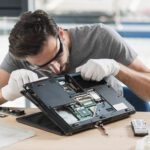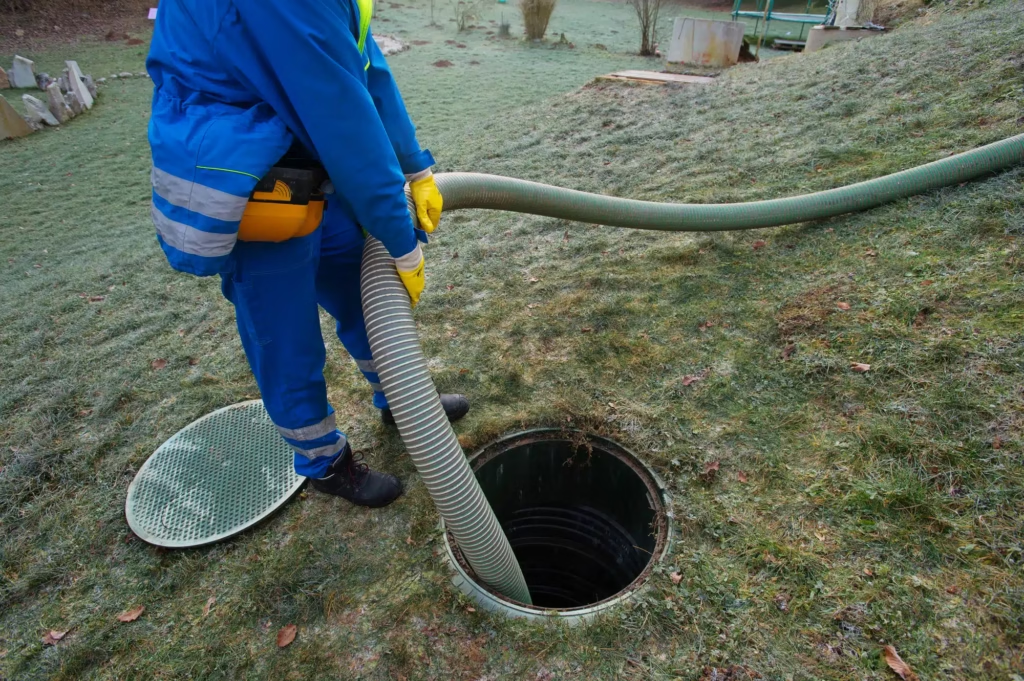Knowing how to test gold can save you from costly mistakes, especially with the rise of counterfeit items. Whether you’re buying, selling, or simply verifying, accurate testing is the only way to confirm what you’re handling. The right method gives peace of mind and protects your money.
This article walks you through proven techniques you can trust. From simple tools to professional devices, you’ll learn which gold testing method fits your needs best.
Understanding What You’re Testing
Gold is rarely pure when used in jewelry or coins. It’s often mixed with other metals to improve durability or change color. That’s why understanding purity is the first step before testing.
You’ll see gold purity expressed in:
- Karat (K): 24K is pure gold, while 14K means 58.3% gold
- Fineness: Shown as a number like 999 or 750
Knowing this helps you interpret test results accurately and avoid incorrect assumptions.
Basic Gold Testing Methods You Can Try
1. Visual and Hallmark Check
Look closely for a stamp or engraving on your item. Most real gold pieces include marks such as “14K,” “18K,” or “750.” These stamps indicate purity but can be faked or worn off over time.
Examine the item’s color, wear spots, and any inconsistencies. A magnifying glass may help reveal hidden markings. If there’s no stamp or if it looks suspicious, move on to another method.
2. Magnet Test
Gold does not respond to magnets. If your item sticks to one, it probably contains ferromagnetic metals like nickel or iron. However, some fakes are made from non-magnetic metals and can still pass this test.
Use this only as a quick screening step. It’s helpful, but not enough to give a definite answer on gold purity.
3. Acid Test
An acid test kit is one of the oldest ways to test gold at home. It uses different strengths of nitric acid to react with the metal. A small scratch is made on a stone, and acid is applied to see if the mark dissolves.
Pros:
- Affordable and widely available
- Offers a rough estimate of karat level
Cons:
- Can damage the item
- Requires safe handling and protective gear
Only use this method if you’re confident working with chemicals and don’t mind making a small scratch.
Advanced Testing for Reliable Accuracy
1. Electronic Gold Testers
Electronic testers measure conductivity to assess gold content. They’re accurate, easy to use, and ideal for non-destructive testing. If you need consistent results, this is one of the most practical options.
A great example is the gold tester GK-300 from Qualitest. This device gives instant karat readings without damaging your item. It’s trusted by jewelers, pawn shops, and serious collectors.
Reasons to consider an electronic gold tester:
- Easy setup and operation
- Suitable for different gold types (white, yellow, or even platinum)
- Reusable for frequent testing
The GK-300 gold tester offers a smart solution if you want reliable testing without the mess of acid kits.
2. XRF (X-Ray Fluorescence) Testing
XRF testing uses high-frequency X-rays to determine metal composition. It’s extremely accurate and doesn’t require any scratching or chemicals. You’ll find this method in professional labs or high-end gold-buying stores.
It works best for:
- Identifying alloys and trace metals
- Testing large volumes quickly
- Non-invasive analysis
XRF equipment can be expensive, so it’s not typically used at home unless you’re running a commercial operation.
Home Testing vs. Professional Services
Home gold testing is fast and affordable, especially if you invest in the right tools. For most casual collectors, a magnet, acid kit, or electronic gold tester will do the job.
Still, some items may require a deeper analysis. If you’re testing high-value gold or need official certification, it’s best to visit a professional. They have access to advanced machines and trained staff.
A combination of methods often gives the most confidence. For example, start with a visual check, try the magnet test, and confirm with a gold tester like the GK-300.
Mistakes to Avoid When Testing Gold
Even simple testing methods can lead to wrong conclusions if used incorrectly. Watch out for these common issues:
- Plated items: Surface gold can trick testers. Always scratch through the outer layer if using acid.
- Incorrect tool use: Electronic testers need proper calibration to work. Skipping setup leads to false results.
- Poor assumptions: Don’t assume something is real gold just because it feels heavy or looks good.
Always treat results as part of a bigger picture, not the final word. Combine tools for a more accurate judgment.
Why It Matters to Get Gold Testing Right
Fake gold has flooded markets both online and offline. Knowing how to test gold lets you make informed decisions, especially when buying secondhand or selling valuable pieces.
Whether you’re checking a coin collection or verifying inherited jewelry, reliable testing helps protect your financial interests. It also gives you peace of mind when trading or gifting gold.
An accurate gold tester can make the process easier and faster, especially one like the GK-300 designed for repeat use. With the right approach, you can test confidently every time.
Final Thoughts
Learning how to test gold is a practical skill that helps you avoid scams and verify authenticity. Start with basic checks, but don’t hesitate to use more advanced tools when needed. An electronic gold tester offers a balanced mix of convenience and precision.
For ongoing or professional testing, the GK-300 from Qualitest stands out as a dependable option. Whatever method you choose, take your time, stay observant, and use the right tools for accurate results.






